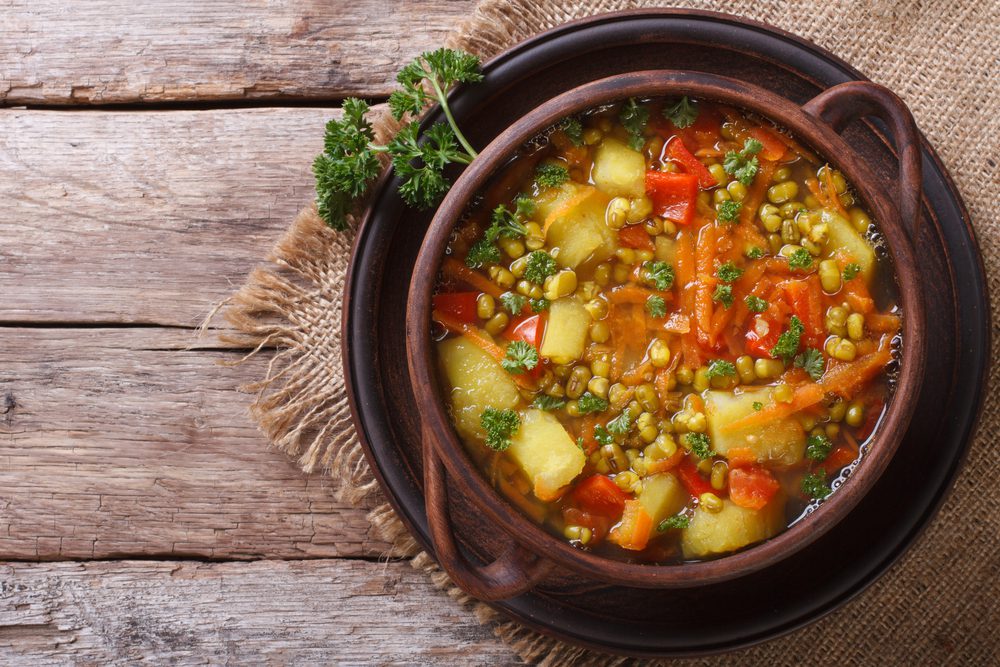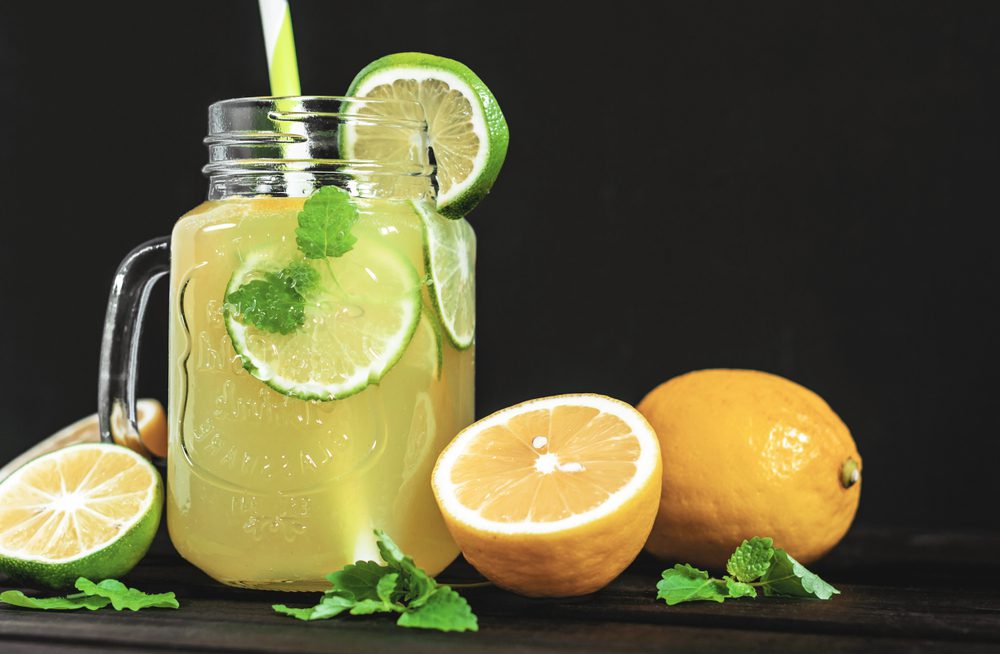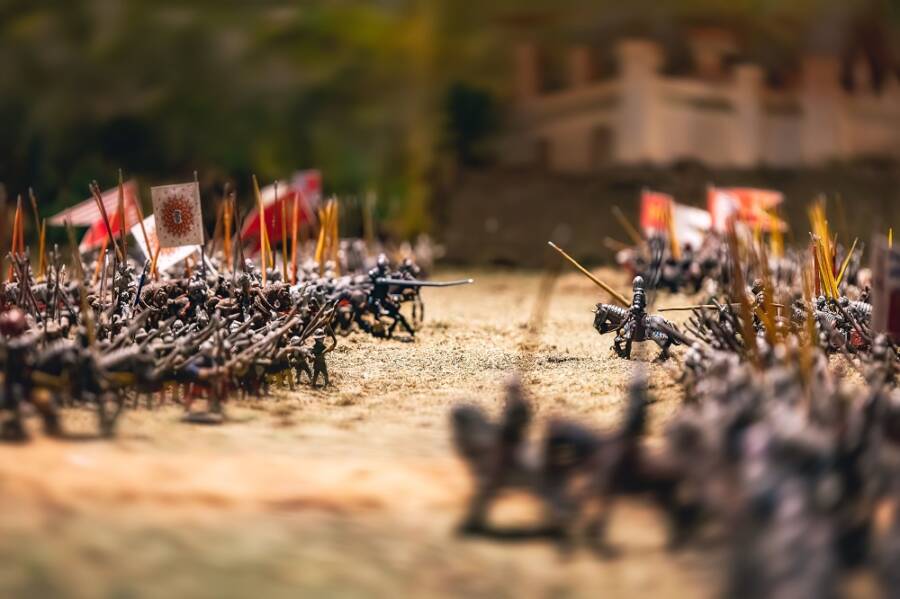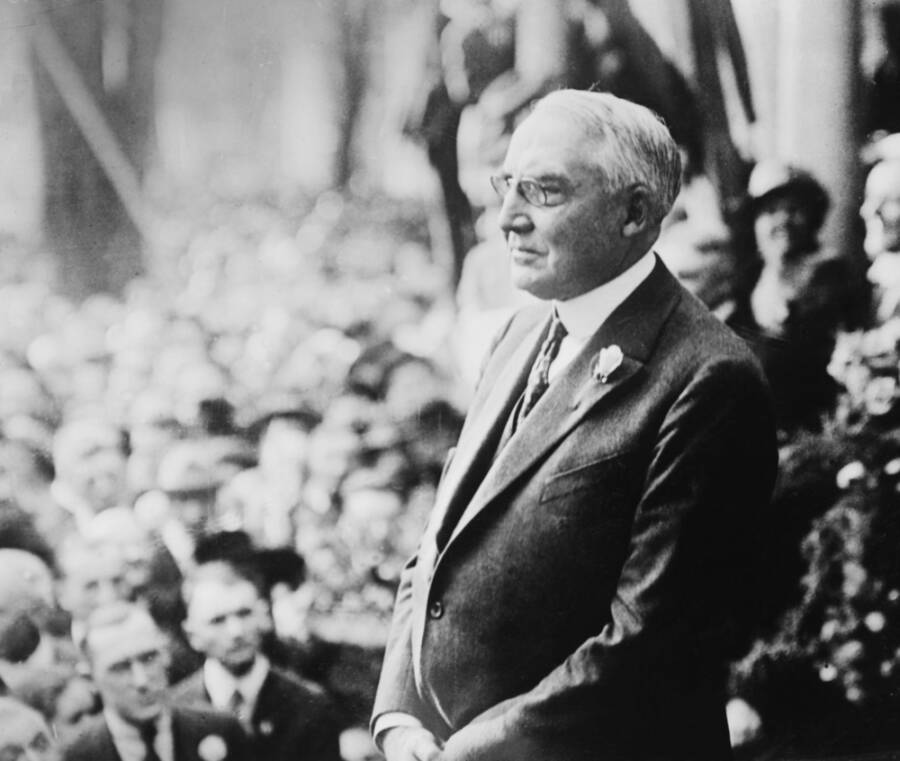It’s a fact that the 14th century was an era of catastrophes, starting with the Hundred Year’s War and the Great Schism. These were obviously caused by humans, but some of them were even bigger, and unfortunately, nobody had control over them. And the biggest tragedy was indeed the plague, which caused millions of deaths and demonstrated how weak and vulnerable people were while confronting it.
After the Great Famine that happened between 1315 and 1317, the Black Plague struck exactly when everybody expected to return to normalcy. Well, that didn’t happen! And maybe one of the main things that caused this epidemic was poor hygiene and bad nutrition. However, during these times, people barely knew what they were supposed to eat anymore, and most doctors warned about avoiding fresh fruits and vegetables.
Keep on reading because it’s time to “tuck in” to some weird things people ate during the Plague.

1. Cooked vegetables
During the plague, a lot of doctors advised people to avoid eating uncooked vegetables and fruits because they believed they might have caused diseases. Even during these harsh times, when everybody was struggling for their lives, the richer social classes determined the availability of vegetables, and a lot of aristocrats were buying fresh legumes from the farmers.
But there was a catch with this too! If you were a farmer and you grew your own vegetables and the only things you ate were potatoes and carrots, you were instantly considered poor. However, one weird thing that was discovered by antiquarians was that the vendors cleaned their produce with saliva before selling it, which happened until the 18th century.
2. Dried fruits
Similar to vegetables, fresh fruits were also forbidden to eat because everybody thought they might carry diseases. For a long time in England, the authorities prohibited the sale of fresh fruit. However, that doesn’t mean people didn’t consume fruits anymore. Actually, people thought of different ways to preserve them for later consumption. They made pies or compotes with a lot of sugar in them for better conservation. The most popular fruits that were found during the Plague were apples, strawberries, plums, and cherries.
Interesting fact: Historians believe that this was the “start” of what would later be known as jam.
3. Sugar
Since sugar was so easily carried from Africa and the East to Europe during the Plague, it was a particularly valuable product. Let’s face it, everyone enjoys the taste of sugar. Even though it was an expensive item, it was the most in demand product among the European society’s upper classes. Initially used for preserving and heating up food, it was later employed as a medication.
Sugar became one of the most common ingredients in every aristocrat’s kitchen, and because of that, tooth decay became a serious health issue during that time, in case you survived the Plague. I guess this still applies in our time, but now people have become more aware of the risk of consuming sugar in larger quantities.
4. Vinegar
Can you believe that the plague killed 25 million people in Europe in a period of four years and, over this climax of its spread, is estimated to have destroyed 75 million lives worldwide? Some historians believe that the total number of people killed after the plague ended was around 200 million, but nothing can prove this 100%. However, it is pretty horrifying to even think about this or to comprehend the gravity of the situation. And because desperate times call for desperate measures, one of the most consumed items from this time was vinegar.
People believed that vinegar was a divine remedy for preventing all plague symptoms because a lot of doctors used it as a potion and it was highly recommended as a food supplement. Furthermore, people used to think that mixing vinegar with wine and water would have therapeutic effects.
Last but not least, doctors suggested a honey and vinegar syrup to get rid of the foul “humors” that were considered to be the source of the ailment. And because it was efficient as a deodorizer but also a good disinfectant, the population was advised to wash their hands and faces with rosewater and vinegar.

5. A wide range of meats
The consumption of meat was widely spread across medieval times, and while many meats were provided, social class influenced the quantity and diversity of meats available. The most popular meats were usually beef and mutton because they were so inexpensive and easily available, especially for the peasants that had sheep and cows, and they were killed for food when they reached a particular age or were unable to provide milk.
On the other hand, the cuisine of the elite was far more varied. For most fancy parties, pigs, peacocks, seals, and porpoises were served during dinners.
6. Wine and beer
After an abundant meal, some alcohol is mandatory, right? During the plague period and before it, between the 12th and 13th centuries, a lot of people made wine in their own homes, and the consumption of ales and wines was highly recommended for a healthy diet and lifestyle. And on a funnier note, it was totally fine if somehow you got drunk the night before, because for breakfast you would have some beer to “regain” your strength, because who wanted to drink water anyway?
Beer experts recommend that people brew their beers using only natural ingredients such as healthy grains. Beer was to be properly fermented and aged because, otherwise, it was considered toxic for the body. Furthermore, let’s not forget about the wine, which was recommended by the doctors as the main cure for nausea and constipation.
7. Fresh Herbs
Another item that was highly consumed during the medieval era was fresh spices. Herbs like cinnamon, nutmeg, and cloves were the most expensive because they were imported from Arabic countries and they were not available in large quantities. However, herbs like parsley, mint, or dill were pretty common and very easy to find in almost every kitchen.
Besides the fact that they were excellent for dishes, they also served as medicine that proved to be efficient in curing bloating symptoms. During the plague, a lot of doctors recommended rosemary to help people sleep better without having nightmares.
8. Porridge
Europeans consumed thickened grain porridge during the plague era, which was occasionally accompanied by vegetables. Because it was easy to find, it could be incorporated into any diet, and it lasted a long time, porridge was a go-to meal for economically struggling people. Moreover, gruel and pottage were another two items that were a common alternative to porridge and were used to make soups or as a side dish for meat.
If the family couldn’t afford any type of meat, they ate the pottage mixture off a slice of bread.

9. Lemonade
The plague persisted after the 14th century, and by the time it resurfaced across Europe, people had changed their eating habits. For instance, the popularity of lemonade in the 1600s might have stopped the spread of the plague in Paris. Many people believe that lemon peels may have prevented the plague from reaching Paris when a new wave of the disease started to spread in 1670. The chemical composition of lemon peels wiped out the fleas that had previously carried the disease.
Apparently, the peels may have served as a flea repellent for the rats that lived on the streets of Paris. Despite the fact that no one until then drank lemonade for its health benefits, it has been proven that it may have protected an entire country.
If you liked this article about the plague, we have another great one for you! 7 Rare Vintage Photos of What Winter Really Looks Like.





